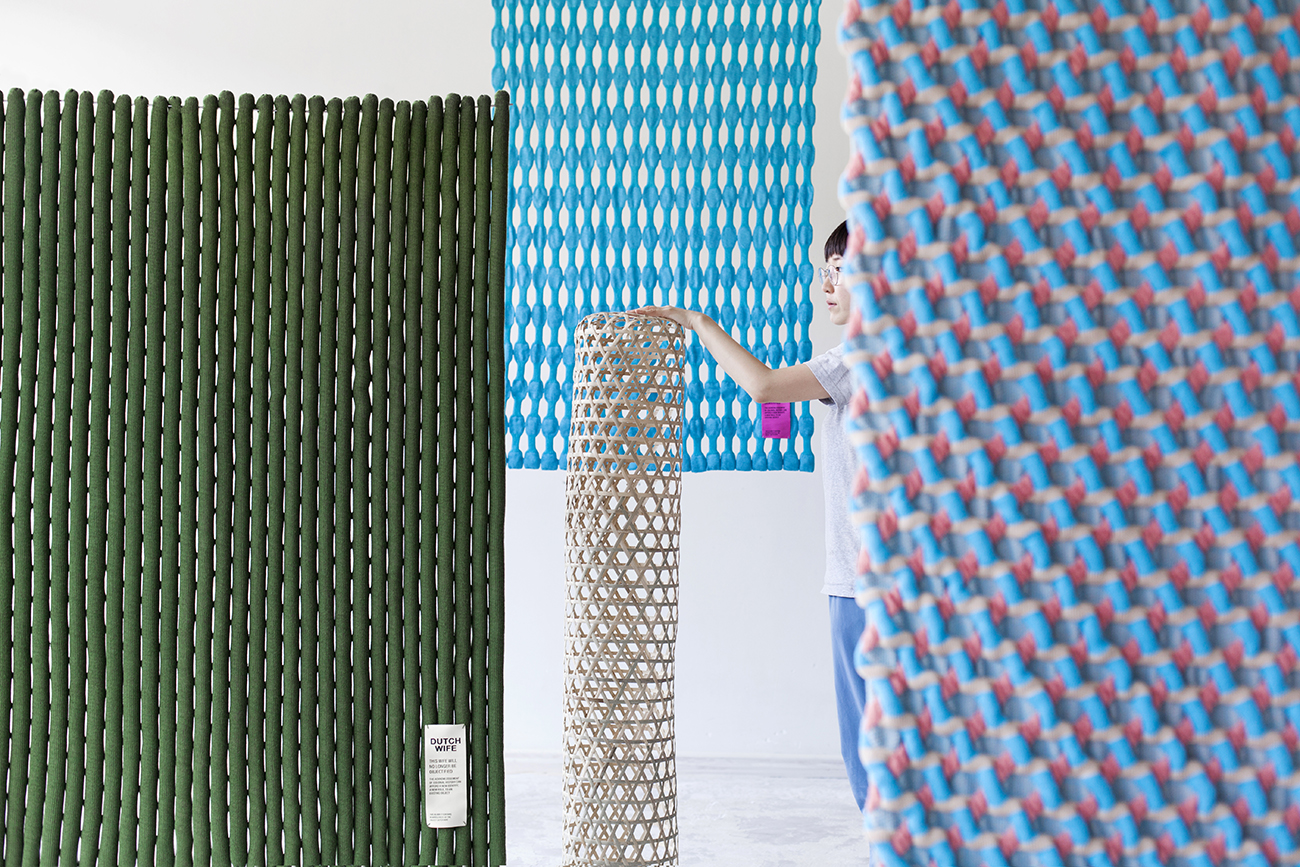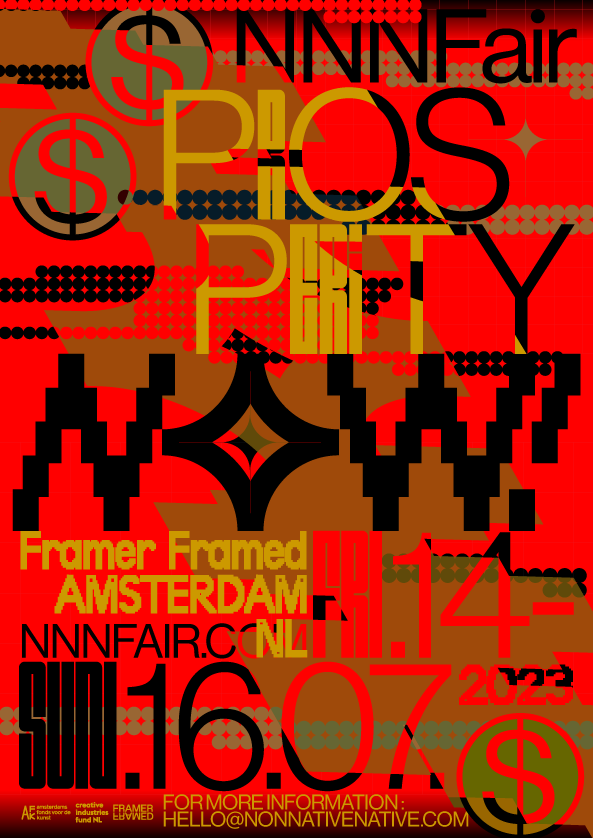IN BETWEEN TIME AND IDENTITIES
TYPE
Interview
DATE
December 2018
PLACE
Rotterdam/Maastricht
Aram Lee had been a resident at Jan van Eyck Academy in 2018 where she worked in between the fields of design, research and digital archiving. Her work focuses on reinterpretation, repurposing and appropriation of objects through connecting narratives and critical research. Despite her busy schedules, we managed to catch up over the phone to talk about coming to The Netherlands and the Dutch design approach, in comparison to her home country, South Korea.
NNN What are you busy with these days?
AL I’m working on some digital archiving.
NNN Is it one of the projects you’re working on for your residency at Van Eyck Academie?
AL Sort of …
NNN Well, first of all, thank you for your time for this interview, despite your deadlines. Let’s begin with the first question then; how would you describe your practice in your own words?
AL That’s a good question. What am I doing? I’m not sure because I don’t see the difference between design and art at this point, but my work mainly focuses on reinterpretation and repurposing of the matter that I found in the archive or an institution, museum, or database. It’s hard to explain.
NNN Do you assign new meanings and narrative to these objects?
AL Not necessarily, but it’s a part of my artistic research and practice. I think I spend a lot of time working with the museum archives, especially, and a lot of the time, the finished products of the research end up as performances, objects, installations, or videos.
NNN What kind of museums do you work with?
AL In the beginning, I started with ethnographical museum, and also design museums, but it’s not always museums, actually. Currently, I’m working on some databases from a national institution, but I’m more interested in the representation of the object itself, and the relationship with the people around, and how I can mediate this relationship.
NNN So why The Netherlands?
AL I first studied fine arts at Staatliche Akademie der Bildenden Künste Stuttgart in Germany, and then I came across and participated in an exchange with Design Academy Eindhoven. I felt that in Germany, it was very difficult to live as a foreign student. The German language was already very difficult to learn, so it’s really hard to keep up with things at school. The Netherlands, on the other hand, was much more open to foreign students. English was mainly used, and this environment has attracted so many international students from around the world. I studied fine arts, but I was also interested in Dutch design. I saw the Graduation Show at Design Academy Eindhoven, and I found it inspiring because I didn’t expect the diversity of the work, within the frame of design, and I found that there, there’s no difference between design and art. I felt it could be interesting to try that out, so I decided to move.
NNN You did very well at the Design Academy, I think. Could you tell me a bit about your graduation project?
AL The project, The Dutch Wife started from an object in the museum archive. It was this object without any label, and I became curious about it.
NNN I remember it was a project about the Dutch colonialism in Indonesia, right? I’m curious why you’d be interested in the topic as a Korean woman.
AL Yes, but I didn’t think about it at the time. It all came along later. I was inspired by the object and decided to find out more about it, so I discovered the narrative of this object, which is unknown in The Netherlands, but it’s called the Dutch Wife. It existed during the time of colonialism in Indonesia, so I wanted to find out more about it, and then I went to Indonesia to trace this object. I met many people to collect the stories about this object, and then I worked with a local craftsman to recreate this object out of bamboo, since this object only existed during a specific time and context. I brought it back to The Netherlands, and decided I wanted to give it a new form and status. I worked with the TextielMuseum in Tilburg to create a new shape in order to decolonise the object, since the Dutch Wife actually referred to the Indonesian women during colonialism. The original shape of the object was a human-sized bolster pillow, so I decided to deconstruct and flatten it. Usually, the pillow is to be occupied and embraced by people during sleep, which indicated the status of Indonesian women at the time. I flattened it to reverse the role of the object and user. Therefore, the object embraces the user, giving it another status and physical position, through the use of different materials, shape and context.
NNN I heard the the term, Dutch Wife had a very sexual implication. It was related to a story about the origin of the sex doll. Apparently, in Japan, the sex doll is also called a Dutch Wife. This originated from the Dutch sailors. They had this leather sex puppet that they would fuck, and they brought it to Japan, so the Japanese referred to it as the Dutch Wife from then on. Is this somehow related to the Indonesian Dutch Wife?
AL I don’t think so. Perhaps, but I don’t know. I feel that they’re both from different time. I’m aware about the sex doll, but the Dutch Wife, in the context of Indonesia was actually a name given by the British as a sarcastic joke. Also, the original pillow was made with cotton, to be used in The Netherlands, but because of the Indonesian climate, they had to reinvent it out of bamboo for air circulation. Therefore, it was a Dutch invention with history of colonisation.
NNN The Netherlands definitely has a reputation with innovation and has attracted attention from around the world. Dutch design education has definitely attracted many of us here. How do you think the Dutch design industry has been shaped by the international creatives within the industry? For example, in the recent years at Design Academy Eindhoven, there has been an influx of Korean students, compared to other Asian nationalities. Why do you think that is the case?
AL I think Koreans are everywhere, whether it’s USA, Germany, UK … they’re everywhere. I think it’s because education is very important for us, so we invest a lot for it. On the other hand, the tuition fee in Korea is so expensive, it’s not so different to going overseas, after all. The cost of studying in The Netherlands is almost similar to Korea, so I might as well travel out. For us, that definitely plays a role in our choice, but why specifically The Netherlands, I don’t know. I never thought of it, but I think it’s because the school itself is very well known, and Korean design is still very limited. This extended identity of design probably exists mainly in London or Eindhoven, so this might be why.
NNN Do you think Korean design education is traditional?
AL Definitely for design, but not fine art. Fine art has progressed quite far in Korea, but design is still very limited. I think it’s probably very similar to Germany when you say you study design, and you’re just making measurements and designing chairs. You’re inventing, but not questioning. You’re just making a product.
NNN Do you think this will change in the future for Korea, since so many of you have left. Do you think some of you will go back with a new attitude and approach?
AL Many overseas graduates have already returned to Korea, and started their practices there, especially graphic designers. There has been a lot of established connections between Korea and The Netherlands for graphic design. For example, there was a Karel Martens exhibition in Seoul recently. Karel Martens is very well known in Korea within the graphic design circle because of the school he started. Many Korean graphic designers went to Werkplaats Typografie in Arnhem and returned. This has had a very big influence in Korea. It was seen as something new and exciting in that context. I think many of these designers don’t only work in the Korean context, but also alongside the Dutch design industry at the same time, so they didn’t permanently cut their ties after they return. There’s an exchange.
NNN In the end, they feed into each other. The Korean designers export the unique Korean cultural influence to their work in The Netherlands, while importing the Dutch openness back to Korea.
AL Indeed. This is how I would identify my work, not just as Korean, but also Dutch. Especially, when I feel that my professional context is based in The Netherlands, and not Korea. I have been away for so long, and I have no contacts in Korea anymore.
NNN Would you go back one day?
AL I don’t know. Not now, for sure, but perhaps, one day. I know that it will be very difficult and confusing to do what I do in The Netherlands in Korea, especially having this position. I’m not an artist, and also not a designer, but just somewhere in between.
Aram Lee
leearam.com
Interview by Darunee Terdtoontaveedej


